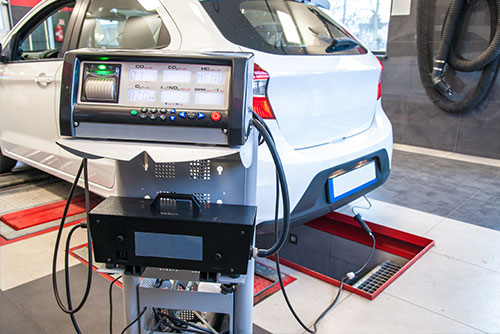EU type approval
Before a new vehicle model can come onto the market in Europe, it must undergo the type approval process. It is checked whether all EU regulations for new vehicle models are fulfilled. Test vehicles are not only used to determine emission and consumption values. The manufacturer must also prove that all regulations, for example on vehicle safety, have been complied with. Only when this has been done does the national type approval authority – in Germany the Federal Motor Transport Authority (KBA) – issue the type approval, which is then valid throughout the European Union.

Reform of the European type-approval procedure
From September 2020, the previous Directive 2007/46/EC, which sets the framework for the type approval of vehicles of categories M, N and O, will be replaced by the new Framework Regulation (EU) 2018/858. This represents a fundamental reform of the European type approval procedure. Among other things, market surveillance will be considerably expanded. Thus, the powers of national authorities will be significantly extended. In addition, market surveillance by the EU Commission is to be introduced at an overarching European level. Technical services and the national type approval authorities will also have to meet stricter requirements and will in future be subject to more stringent controls and audits. The information and disclosure obligations of vehicle manufacturers will be increased. For example, the software of electronic systems must be disclosed to authorities and technical services. The procedures for the individual approval of vehicles and commercial vehicles manufactured in stages have also been revised.
Numerous detailed regulations are still missing
Although the new framework regulation (EU) 2018/858 will be mandatory for new vehicle types as of September 1, 2020, numerous legal acts regulating the details of the implementation of the regulation will still be missing as of the cut-off date. This leads to considerable uncertainties and numerous open questions and problems for the international vehicle manufacturers, who are already working on adapting their developments to the new legal framework and converting their processes and systems.

